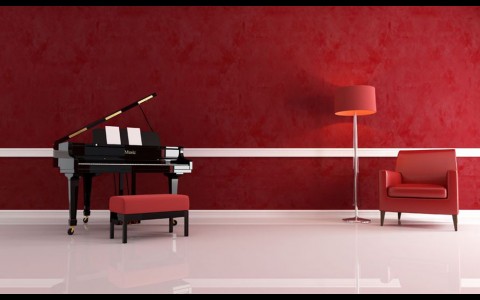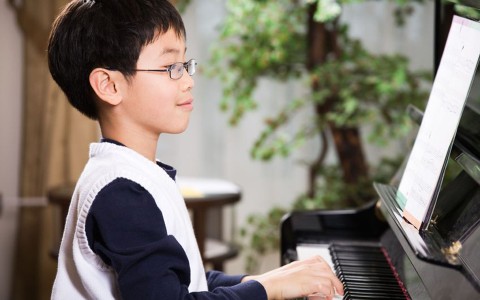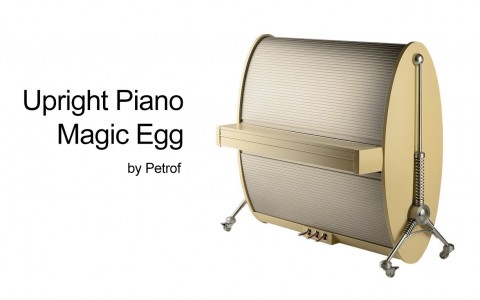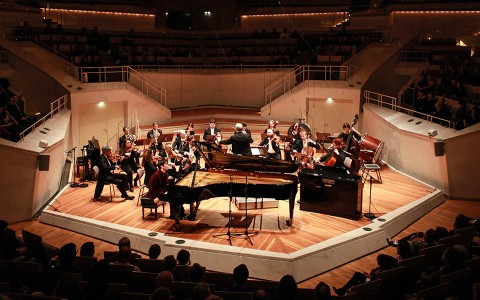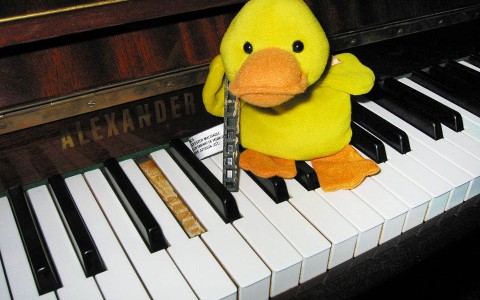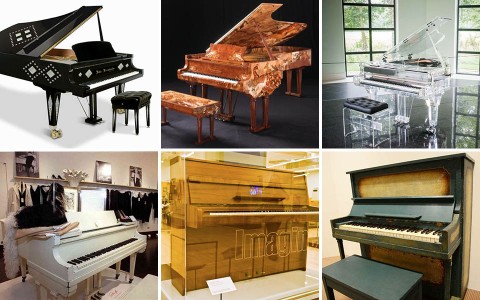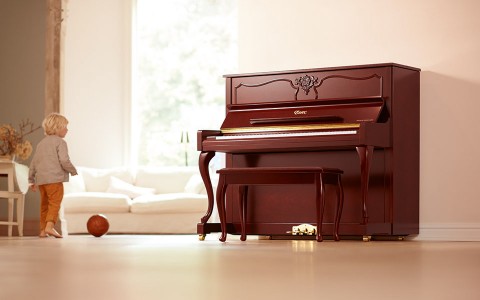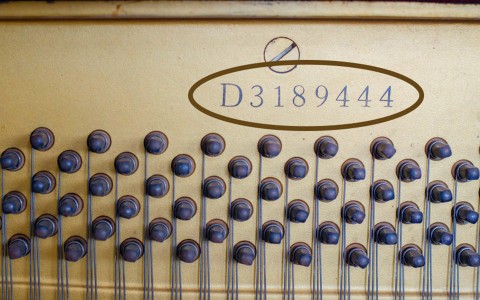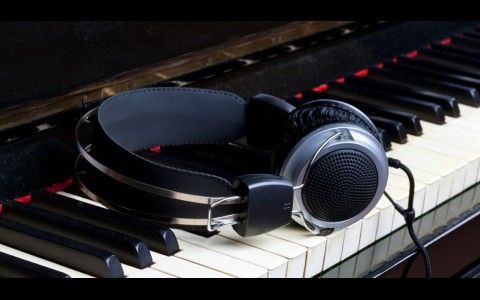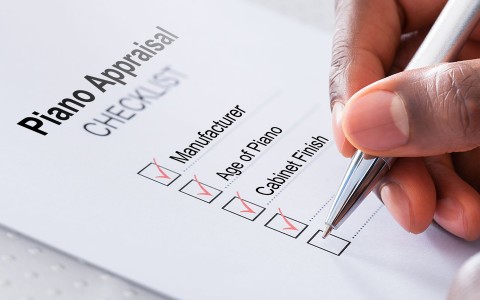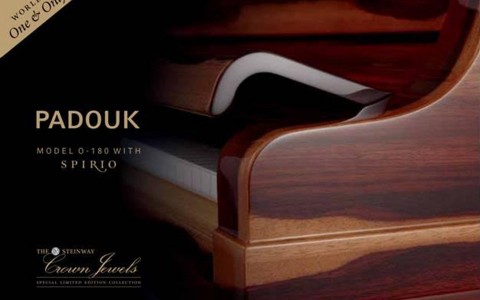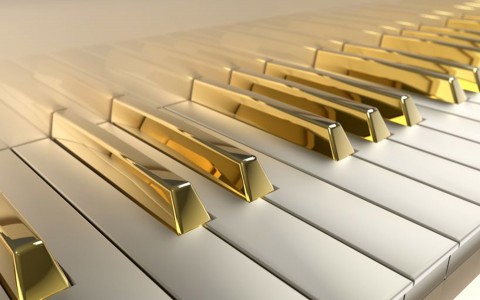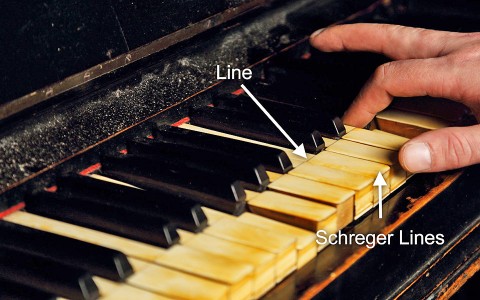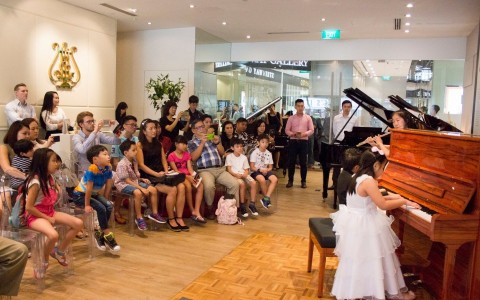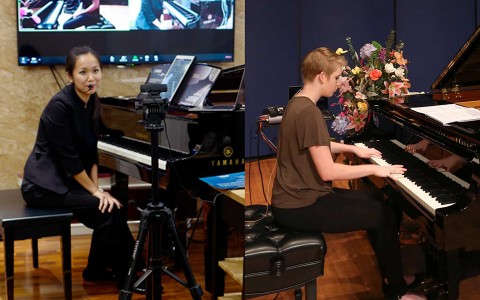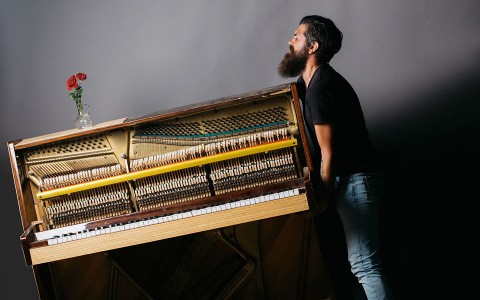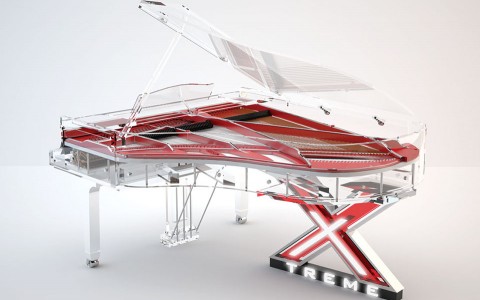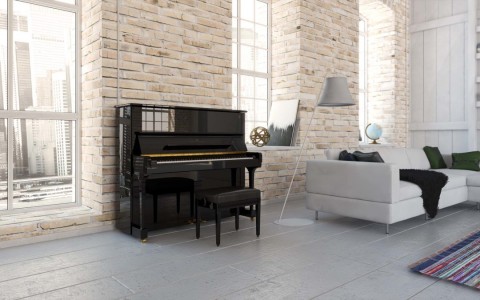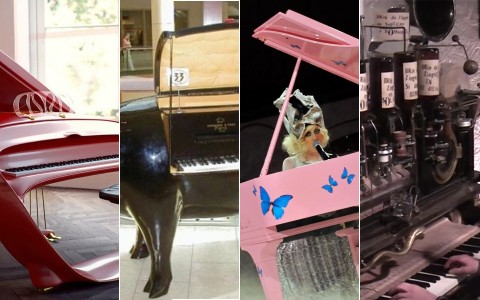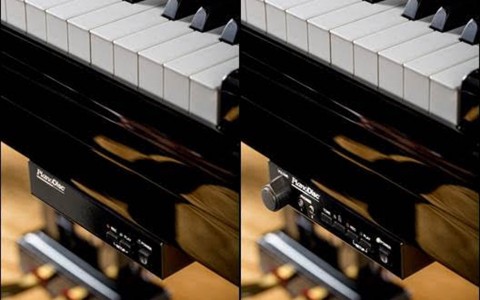What is the difference between a Yamaha U1J PWH, Yamaha U1J SG2, Yamaha U1J PEC, and Yamaha U1J? Looking closer at their names, you would be able to tell minimally that they are all U1J pianos. However, each name has a different set of letters behind, which can potentially confuse buyers, especially first-timers. Guess it is time to sort them out!
The table below shows the letter with its corresponding meaning. So, for a Yamaha U1J SG2, it means the U1 piano is assembled in Indonesia (J), and it is a Silent Piano (SG2). On the other hand, a Yamaha U1J PEC means the U1 piano is assembled in Jarkarta (J), and the colour is a Polished Black with Chrome metals (PEC). The exterior metal parts of a piano are typically gold in colour, but a Chrome version sports a silver metallic finish, and is more expensive.
| Letter | Meaning |
| B | Black Walnut |
| R | Dark Rosewood |
| PE | Polished Ebony, Black |
| PEC | Polished Ebony Chrome |
| WH | White |
| PWH | Polished White |
| M | Mahogany |
| PM | Polished Mahogany |
| J | Assembled in Indonesia |
| SH | Silent Piano, Maximum simultaneous polyphony of 256 notes, Large capacity (256MB) of wave memory, 19 tonal colors |
| SG2 | Silent Piano, Maximum simultaneous polyphony of 64 notes, 30MB Wave memory, 10 tonal colors |
Similarly more expensive are the White and Polished White finishes, by a difference up to $1,400, compared to the basic colours. For the price difference, buyers are usually concerned with the "yellowing" effect, where the white colour no longer looks as white after a few years. Yes, it used to be a major concern, but is fortunately resolved with the new poly finishes! And dust generally doesn't show up as much on white pianos - yippee! However, resale value might be a thorny issue, because white pianos are usually not high in demand. Just look around, and it is evident that black still rules. Thus, buying piano for a beginner should take this point into serious consideration.
Lastly, there has been a debate between the quality of Yamaha pianos that are made in Japan and those made in Indonesia, with discussion points comprising the origins of the materials used, the skills of the workers who assemble the parts, and even the cold Japan weather versus Singapore-like Indonesia weather. Two cents worth here: a piano technician who services pianos for a living might be able to offer views and opinions less biased than a sales person or a piano teacher.

